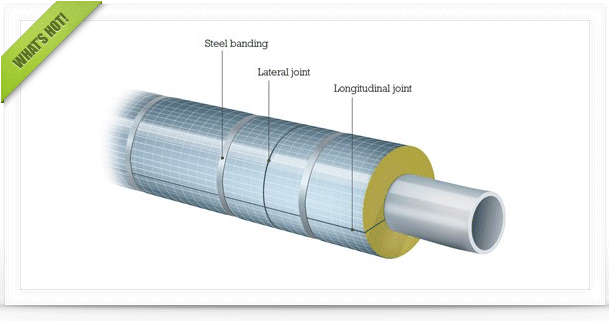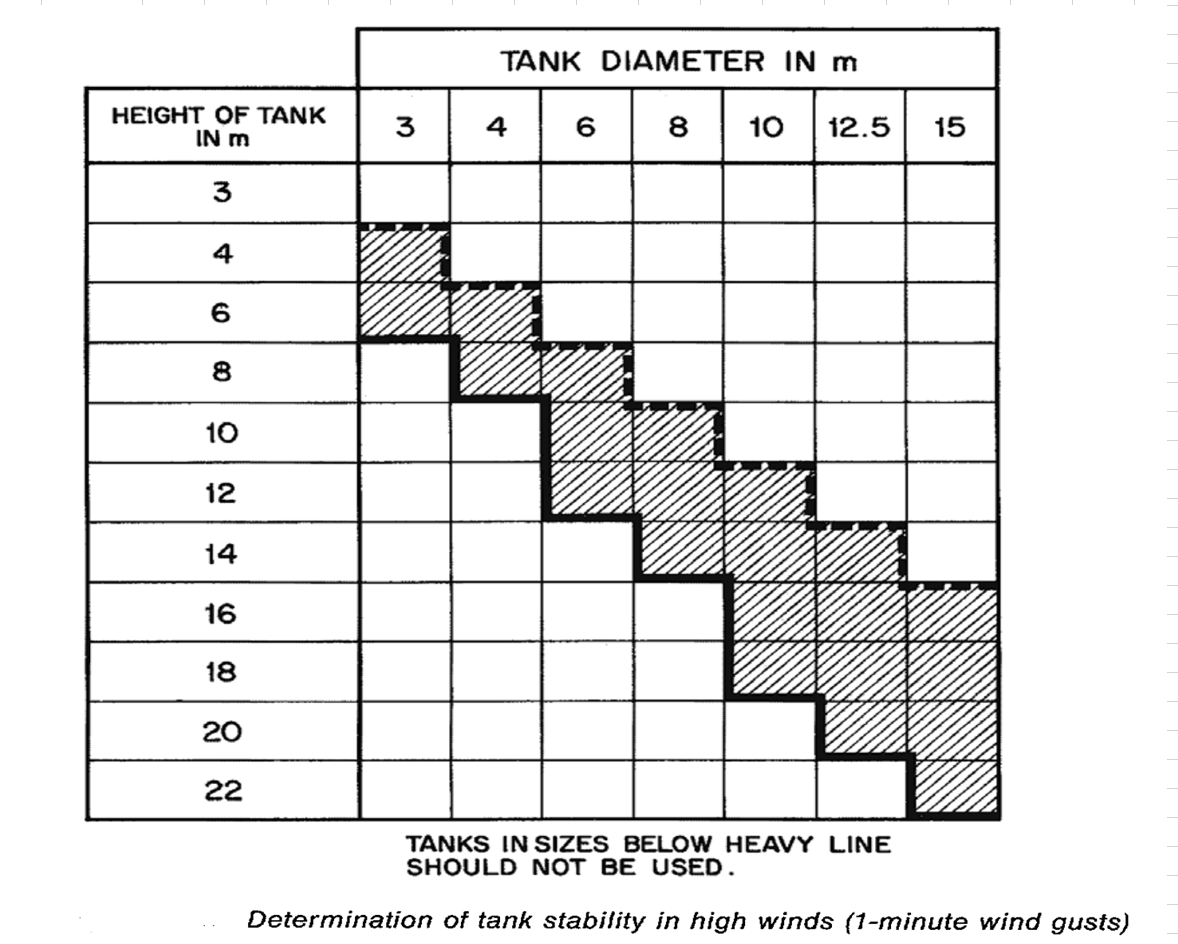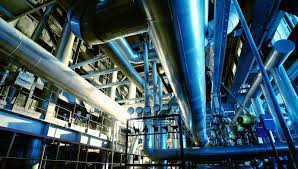Dear colleagues,
I'm designing the molecular sieve adsorption bed for drying of gas containing H2O at 56 barg @ 40degC. Water content of dry gas at outlet should be below 77 ppmv.
The regeneration gas is around 10% of outlet dry gas. The regeneration conditions is 53 barg @ 240degC.
The molecular sieve type is 4A.
My concern is about regeneration conditions. Is it possible to regenerate molecular sieve at such high pressure 53 barg with regeneration gas temperature 240 degree C?
I have checked the water against regeneration conditions and found out that it is total liquid phase due to high pressure. Will the water evaporate under these conditions or is it necessary to increase the temperature or reduce the pressure in the regeneration step?
I kindly ask you not to criticize the choice of drying technology, since the decision was made at the FEED stage and it could not be changed. Although it is clear the best option for this case is TEG dehydration.
I will appreciate any support and suggestions
Thanks everyone in advance.

 FB
FB











